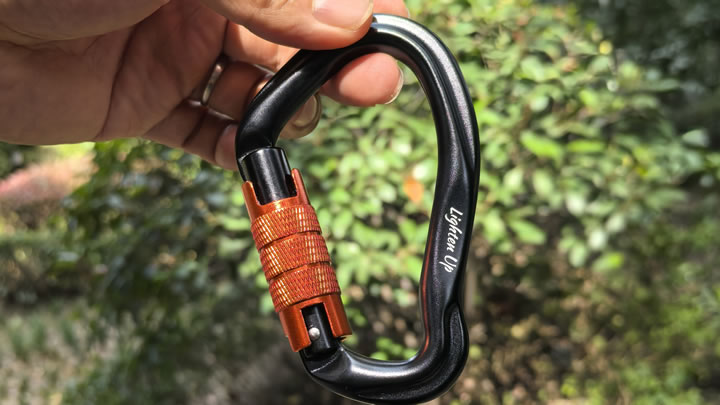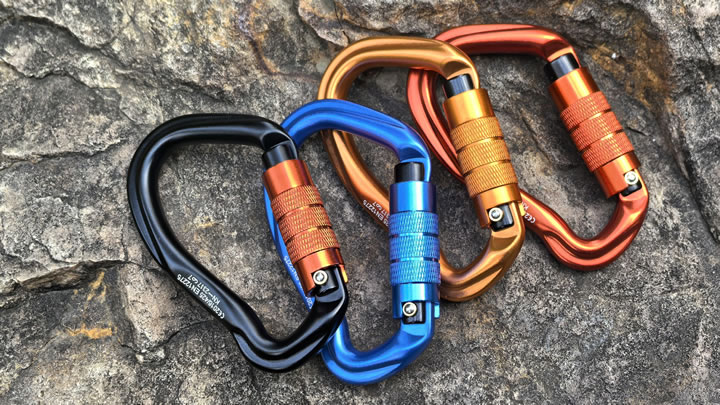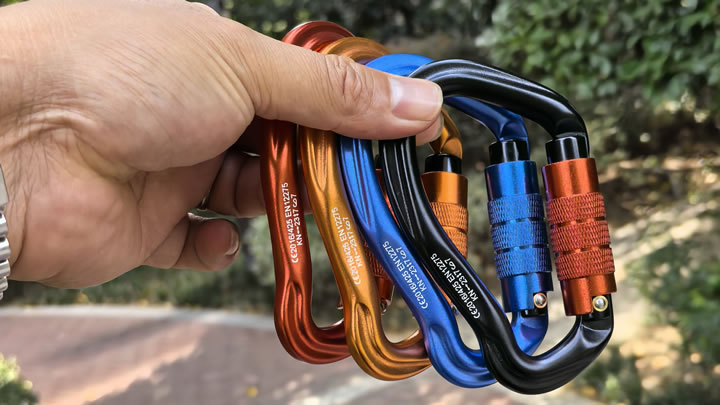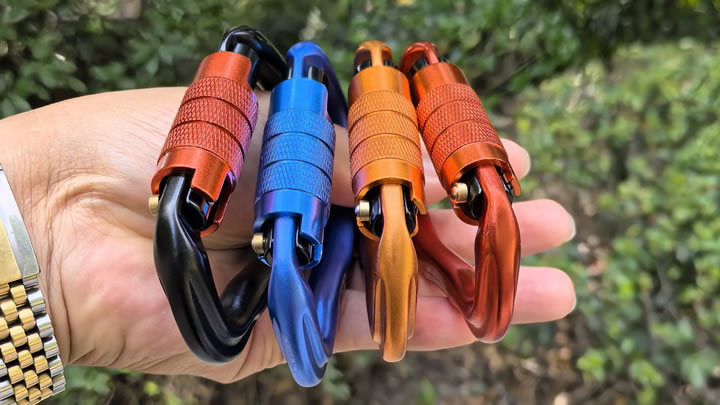Do nylon hammocks stretch over time?
Nylon hammocks are prized for their durability and strength, but many buyers wonder: Do they stretch over time? The answer isn’t a simple yes or no—it depends on usage, material quality, and care. Let’s unravel the science behind nylon’s elasticity and how to maintain your hammock’s shape for years.

1. Nylon’s Elasticity: Temporary vs. Permanent Stretching
Nylon is a synthetic polymer with natural elasticity. When weighted, it may temporarily stretch to accommodate load, but it typically rebounds to its original shape once unloaded. However, permanent stretching can occur if the hammock is:
- Overloaded: Exceeding the weight limit strains fibers.
- Exposed to prolonged tension: Leaving it tightly hung for months.
- Used in high humidity: Moisture softens fibers, accelerating wear.
Key Insight: High-quality nylon (e.g., 70D ripstop) resists permanent stretching better than thin, lightweight variants.
2. Nylon vs. Cotton vs. Polyester: Stretch Comparison
- Cotton: Stretches significantly over time, especially when wet, leading to irreversible sagging.
- Polyester: Minimal stretch due to low elasticity but feels stiffer and less comfortable.
- Nylon: Balances flexibility and resilience. It may loosen slightly after initial use but stabilizes with time.
Pro Tip: Opt for double-layered nylon hammocks if you prioritize zero stretch for activities like backpacking.
3. Factors That Accelerate Stretching
- Weight Overload: Consistently exceeding the manufacturer’s weight capacity.
- UV Exposure: Sunlight weakens fibers, reducing tensile strength.
- Improper Hanging: Tightly stretching the hammock between anchors (e.g., trees) increases stress.
User Hack: Hang your hammock with a slight sag (30-degree angle) to distribute weight evenly and reduce fiber strain.
4. How to Prevent Unwanted Stretching
- Choose High-Denier Nylon: Thicker fabrics (70D–100D) resist stretching better than ultralight options.
- Avoid Overloading: Stick to the recommended weight limit (usually 400–500 lbs for two-person hammocks).
- Rotate Use: If left outdoors, take the hammock down periodically to relieve tension.
- Store Properly: Fold loosely in a dry, cool place—never cram into a stuff sack long-term.
Sustainability Angle: Proper care extends lifespan, reducing waste from replacements.
5. Fixing a Stretched Nylon Hammock
If your hammock has loosened:
- Wash and Air-Dry: Gentle cleaning can tighten fibers slightly.
- Adjust Hanging Length: Shorten the distance between anchors to compensate for stretch.
- Add a Structural Ridgeline: A fixed-length rope between ends maintains optimal sag and prevents overstretching.
Caution: Avoid DIY repairs like sewing patches, which can create weak points.
When Stretching Is a Benefit
Mild stretching isn’t always bad! It allows nylon to mold to your body, enhancing comfort for lounging or sleeping. Campers often prefer this “adaptive sag” over rigid polyester.
Long-Term Maintenance for Minimal Stretch
- Clean Gently: Handwash with mild soap; avoid harsh scrubbing.
- UV Protection: Use hammocks with UV-resistant coatings or store them in shade.
- Inspect Regularly: Check for frayed edges or weakened loops, which signal stress points.
Alternatives for Zero-Stretch Needs
If stretching is a dealbreaker:
- Polyester Hammocks: Stretch less but sacrifice softness and packability.
- Hybrid Blends: Nylon-polyester mixes offer a middle ground.
- Rope Hammocks: Traditional cotton or polyester ropes stretch minimally but lack weather resistance.
Final Verdict
Nylon hammocks may experience minor stretching, but this is rarely a flaw. Their ability to flex ensures comfort, while high-quality variants maintain structural integrity for years. By following weight limits, smart hanging practices, and proper storage, you can minimize unwanted sag and enjoy a supportive, long-lasting hammock. Whether for camping, travel, or backyard relaxation, nylon’s balance of stretch and strength makes it a top choice.






